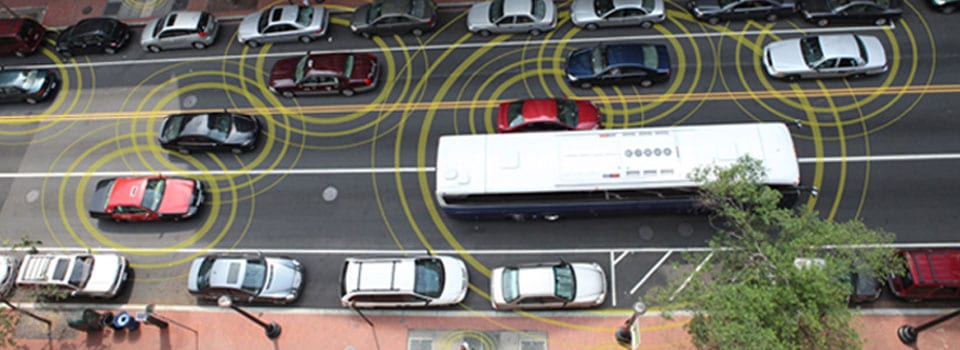In-brief: Google on Tuesday unveiled Android Things, a new Internet of Things platform based on its Android mobile operating system and earlier forays into the Internet of Things operating space.
smart infrastructure
Can Low-Power Devices Be Secured? | Semiconductor Engineering
In-brief: Internet of Things will break the traditional perimeter-based model for security, and article at Semiconductor Engineering declares. But are device makers ready to do what’s necessary to build a new generation of secure endpoints that can scale globally?
Flaws in connected devices go beyond passwords | CSMonitor.com
In-brief: cybercriminals in recent weeks have amassed a powerful online weapon from compromised internet-linked cameras and video recorders prompting warnings to consumers to change default passwords on their gadgets. But experts warn that changing passwords or making them stronger won’t solve the problem. (Editor’s note: this story is cross posted from Christian Science Monitor Passcode. You can read the full text of the article there.) Cybercriminals in recent weeks have amassed a powerful online weapon from compromised internet-linked cameras and video recorders prompting warnings to consumers to change default passwords on their gadgets. But experts warn that changing passwords or making them stronger won’t solve the problem. Cyber criminals and script kiddies have used weak, easily guessed and default passwords on Internet connected cameras and other devices to assemble botnets of hundreds of thousands of infected devices. Those botnets, in turn, have been the lynch pin in massive and distributed denial […]
Justice Dept. studying national security threats of Internet of Things devices
Reuters is reporting that the U.S. Justice Department has formed a threat analysis team to study potential national security challenges posed by self-driving cars, medical devices and other Internet-connected tools. The new group’s goal is to secure the so-called “internet of things” from exploitation by “terrorist threats” and by others who might try to hack devices to cause loss of life or achieve political or economic gain, according to Assistant Attorney General John Carlin, head of the Justice Department’s national security division. The impetus for the team, which has been informally active for about six months, was an understanding that the internet is vulnerable to cyber attacks partly because it was not designed with security in mind, Carlin told Reuters, after announcing the group on Thursday at the Intelligence and National Security Alliance conference in Washington. Source: Justice Dept. group studying national security threats of internet-linked devices
Verizon, Qualcomm Back LTE for Secure Internet of Things
File this one under “Darwinian battle for wireless survival.” Verizon and Qualcomm used the CTIA Super Mobility show in Las Vegas today to unveil plans to use Verizon’s ThingSpace IoT platform as a service with Qualcomm’s LTE modems, with greater security for IoT deployments as a major selling point. According to an announcement by the companies, Verizon will pre-integrate its ThingSpace within Qualcomm’s MDM9206 Category M (Cat M1) LTE modem. Verizon’s 4G LTE network will become the intended backbone for “building, deploying and managing IoT applications customized for a wide-range of use cases,” according to the statement. 4G networks have widely been perceived as too expensive and overpowered for many IoT deployments, such as low power sensors and single-function or intermittently connected endpoints. The new arrangement is intended to grab some of that low power business back from competing short-range technologies like Wi-Fi, Bluetooth, Zwave and Zigbee, or from low power […]





